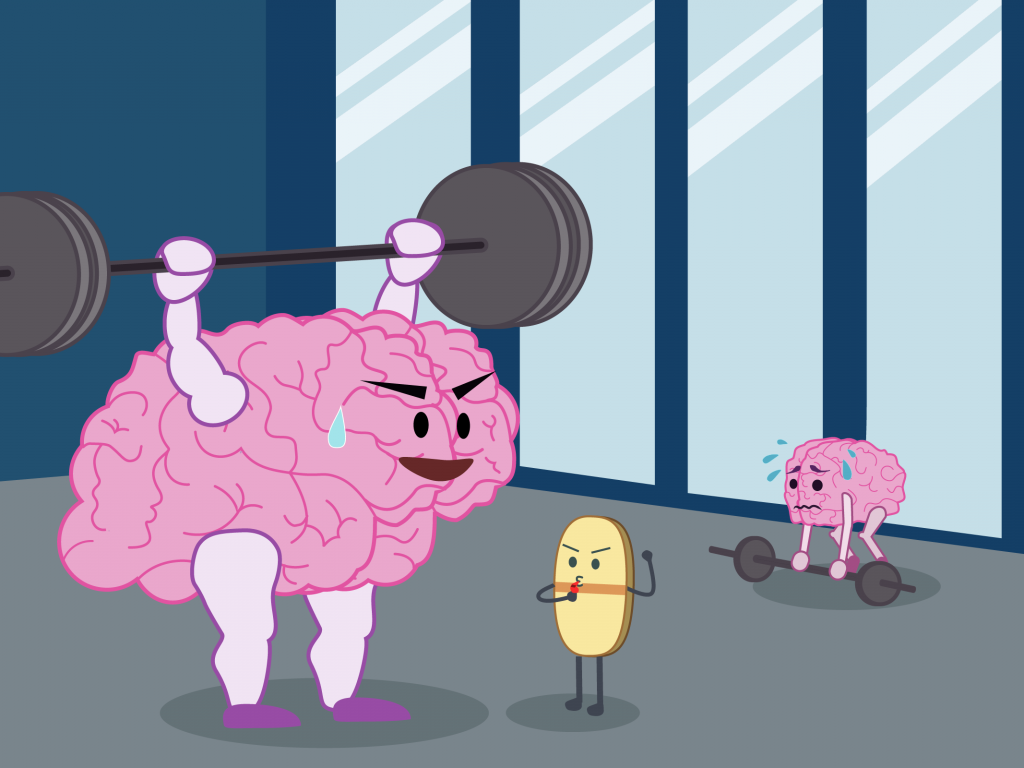Answer to aging? Common drug for treating diabetes may offer hope

Metformin is a commonly used drug for treating patients with type 2 diabetes. Extensive research has shown that metformin can also be used as an anti-aging therapy. For this reason, many people without diabetes, including Silicon Valley techies, take the very inexpensive drug in the hopes it will keep them healthy longer.
Although extensive research has shown that metformin can increase life span in multiple species (such as worms, flies and mice), it is still not well accepted as an anti-aging drug for people without diabetes due to clear clinical evidence lacking in the healthy non-diabetic population. Furthermore, additional animal studies and clinical trials are needed in order to determine the mechanisms of metformin’s effect on the non-diabetic population.
Researchers from Texas A&M University College of Medicine have recently conducted a study that found that 10 weeks of metformin treatment on animal models, starting in late middle age, was sufficient to maintain better cognitive and memory function in old age, thus helping prevent age-related cognitive problems. These findings, published in the journal Aging Cell, show potential evidence for metformin to be used as an anti-aging drug in the non-diabetic population.
For this study, Ashok Shetty, professor in the Department of Molecular and Cellular Medicine and associate director for the Institute for Regenerative Medicine at the Texas A&M College of Medicine, and his team mimicked the human intake of metformin on animal models by giving them a daily dose of the drug for 10 weeks.
“We began the treatment in 18-month-old animal models, which is equivalent to about a 56-year-old human, and we ended the treatment in 21-month-old animal models, which is equivalent to about a 62- to 65-year-old human,” said Shetty, who led the study. “Afterward, we conducted behavioral tests and then analyzed brain tissue.”
Three behavioral tests—pattern separation test, object location test and novel object recognition test—each examined the function of a different brain region and were performed in order to determine whether or not the cognitive functioning of the animal models improved.
The pattern separation test involved the hippocampus, which is the part of the brain involved in forming new memories. The object location test involved the hippocampal CA1 region of the brain, which is important in helping the brain to represent and remember spaces. The novel object recognition test involved the perirhinal cortex, which helps with episodic memory formation, and the hippocampus.
In each test, the metformin-treated animal models outperformed the control group that did not receive metformin. “We purposely conducted three tests because we wanted to see the function of different regions of the brain,” said Maheedhar Kodali, the first author of this article and a research scientist in the Department of Molecular and Cellular Medicine at the College of Medicine. “In all three tasks, the metformin-treated animal models did really well, and they even performed almost as well as younger ones.”
Once the behavior tests were performed, the team examined the hippocampus, a region of the brain important for making and retrieving memory, to determine the potential mechanisms underlying the improved cognitive function.
In the aged brain, microglia—a type of cell that helps maintain neurons’ functioning and is also considered a housekeeper of the central nervous system—becomes activated due to neurodegeneration, loss of synapses and other factors. An aged hippocampus shows mild to moderate inflammation, and once the inflammation reaches a certain threshold, cognitive problems start to develop.

